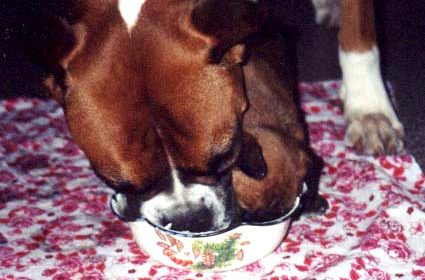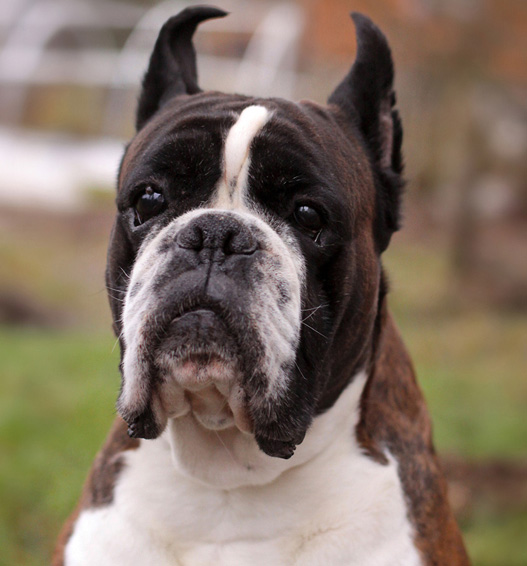Weaning in dogs
Weaning in dogs As all changes in diet, weaning is gradual, which allows the puppy to change slowly from a milk diet to a growth food. The food should be adapted to the changing digestive ability of the puppy, and not vice versa. The Puppy’s Changing Digestive Ability Nutrition during Weaning
Read more
